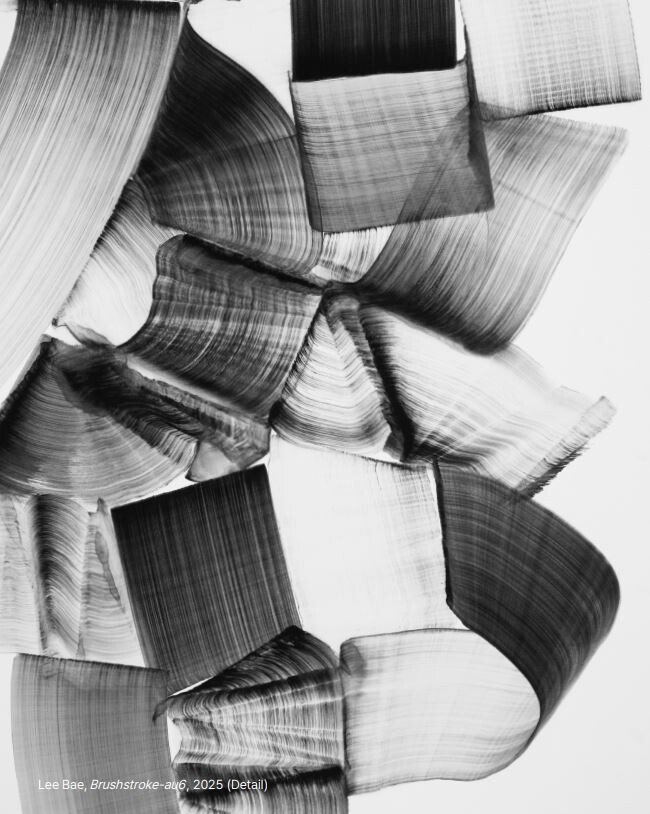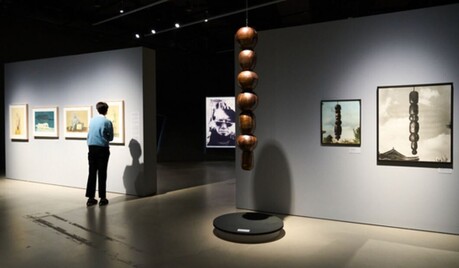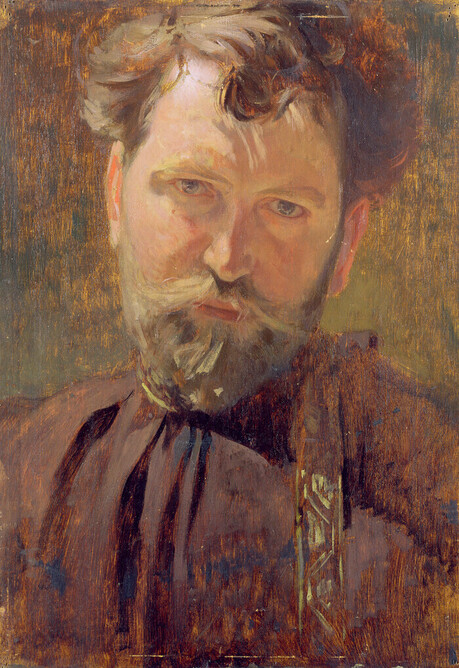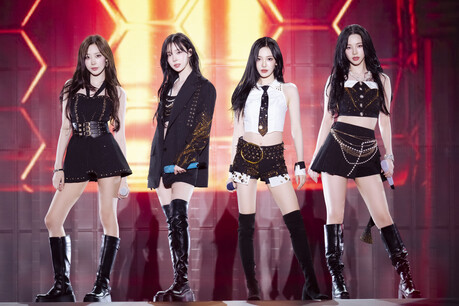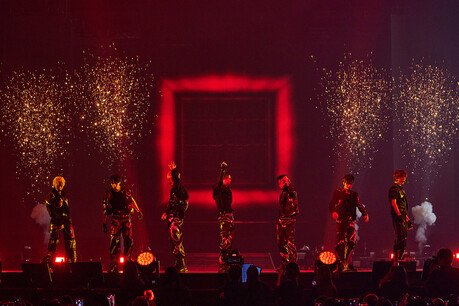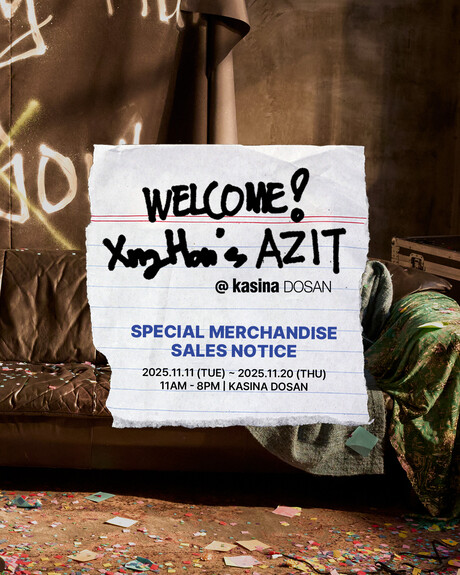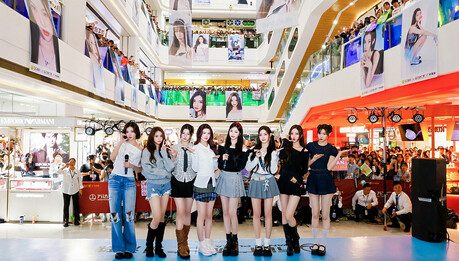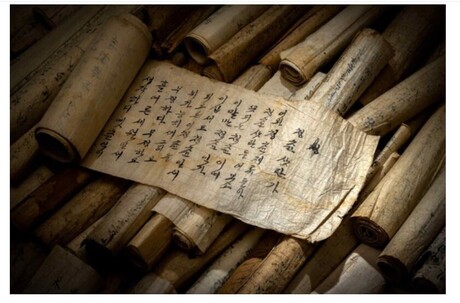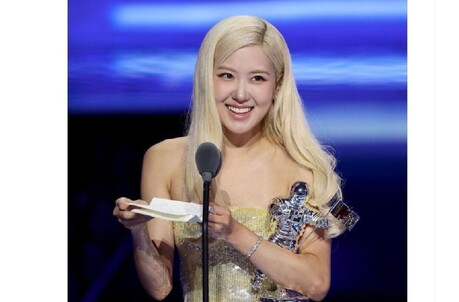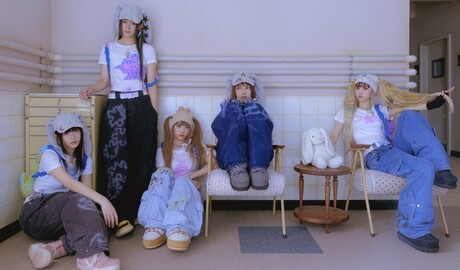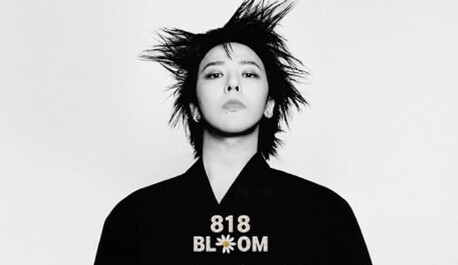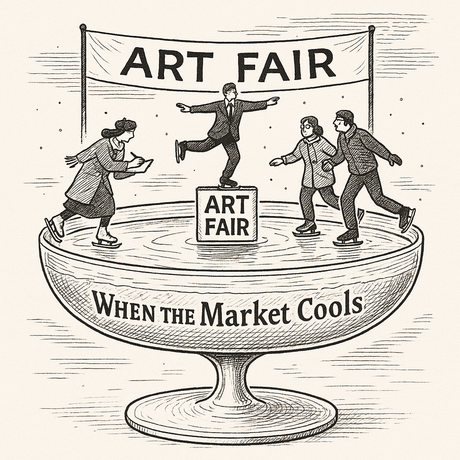When Johyun Gallery steps onto the global stage at Frieze London and Frieze Masters 2025 this October, its dual presentation will be more than just participation in two major fairs. It will be a statement about the evolving identity of Korean contemporary art and its expanding coordinates within the global art map.
Fire and Water: A Dialogue in London
At Frieze London, Johyun Gallery will stage an elemental dialogue between Lee Bae (b. 1956) and Kim Taek Sang (b. 1958) under the theme “Fire and Water.”
Lee Bae has spent more than three decades transforming charcoal into a medium of profound expression. Charcoal, born of fire, carries within it both destruction and renewal, presence and absence. Lee’s canvases and installations reverberate with primal energies—light and shadow, life and death—channeling the memory of fire itself.
Kim Taek Sang, by contrast, has devoted his practice to water as both medium and metaphor. Since the early 1990s, Kim has poured pigment-infused water onto canvases laid flat, letting it dry before repeating the process dozens of times. This patient layering creates delicate strata of light and hue, a process the artist terms dàamhwa (淡畵, dàam painting), or “the aesthetics of care.” His surfaces pulse with quiet luminosity, recalling nature’s understated palette and the imperceptible rhythms of air, gravity, and time.
Together, Lee and Kim embody two elemental forces—fire and water—balanced between intensity and serenity, energy and stillness.
Park Seo-Bo: A Master at Frieze Masters
While London highlights dialogue, Frieze Masters will turn its focus to singular legacy. Johyun Gallery dedicates its solo booth to the late Park Seo-Bo (1931–2023), the pioneering force behind the Dansaekhwa movement.
From the Primordialis series of the 1960s to the iconic Ecriture works of the 1970s–1990s, the presentation charts Park’s lifelong pursuit of emptiness and transcendence through repetition. By layering pencil marks and hanji (traditional Korean paper) onto monochrome grounds, Park transformed painting into a meditative act of reduction. His practice not only offered a distinctly Korean path beyond Western modernism but also secured his place in global art history, with works now housed in the Guggenheim (New York), M+ (Hong Kong), Guggenheim Abu Dhabi, and the National Museum of Modern and Contemporary Art (Seoul), among others.
Expanding the Coordinates of Korean Art
Taken together, Johyun Gallery’s dual presentations encapsulate the core strands of Korean contemporary art: elemental natural forces (fire and water), the discipline of repetition, and the philosophical depth of Dansaekhwa. These selections reaffirm how Korean aesthetics—once seen as regional or peripheral—have become part of a shared global language of contemporary art.
With “Fire, Water, and the Master of Dansaekhwa,” Johyun Gallery positions Korean art not as an adjunct to global narratives but as a force that shapes them—serene yet powerful, deeply rooted yet continually evolving.
All images courtesy of Johyun Gallery
SayArt.net
Maria Kim sayart2022@gmail.com

